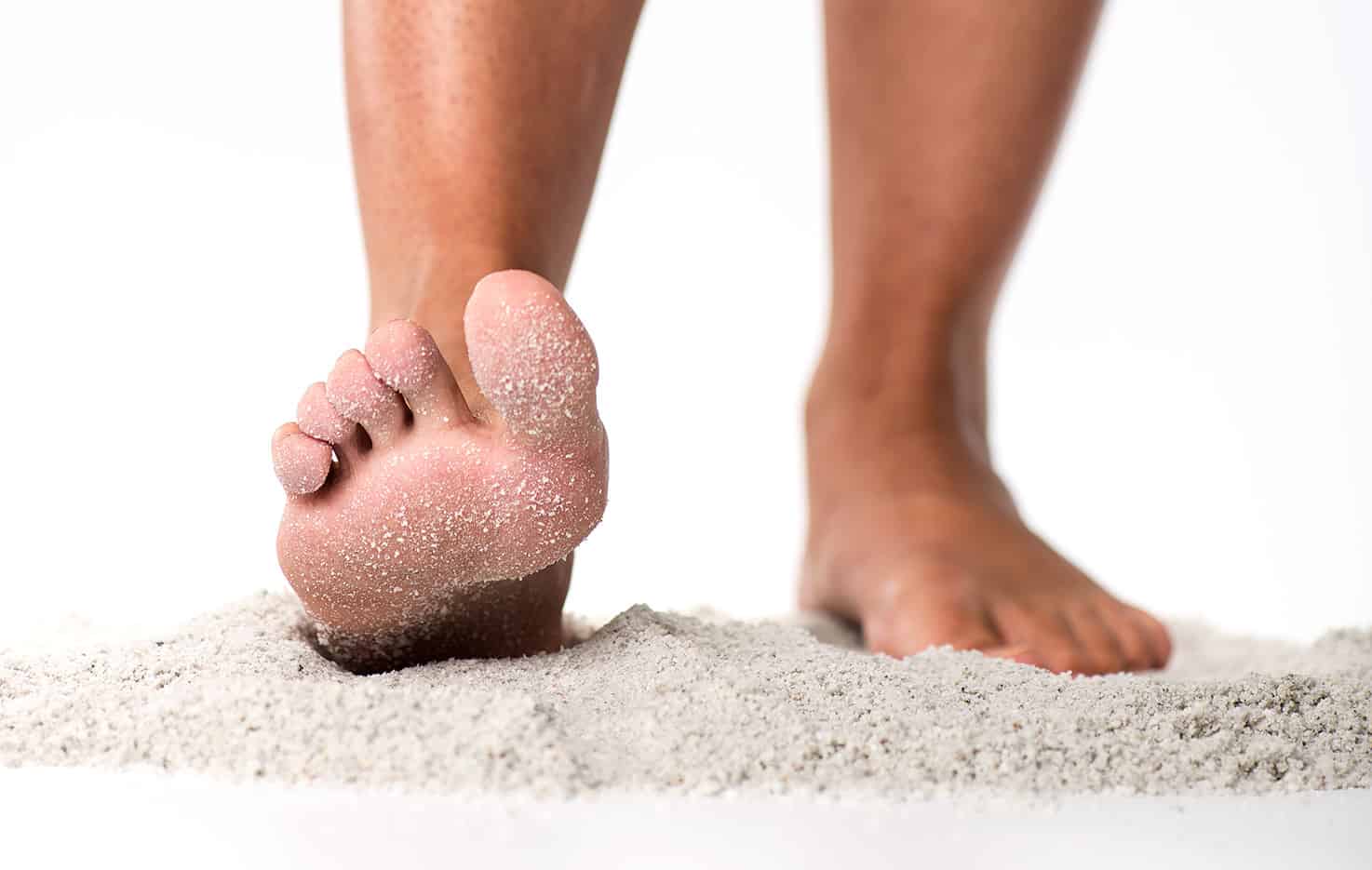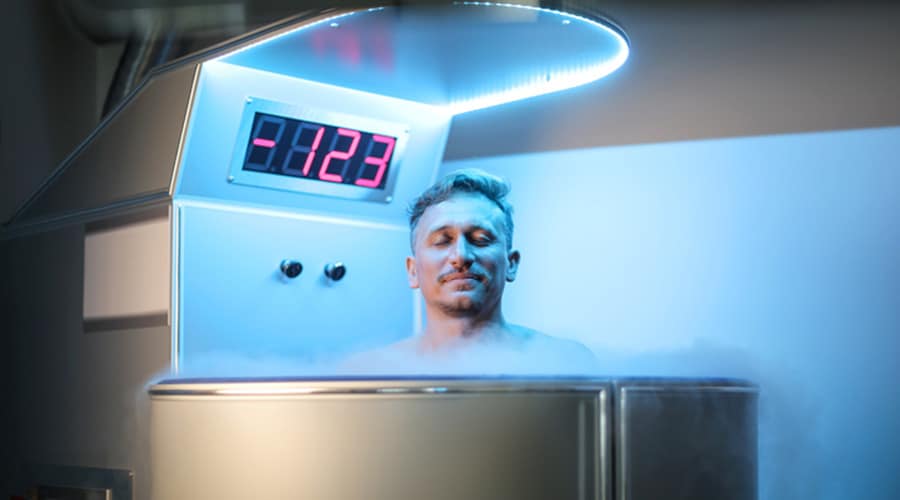Physical Therapy
-

Creative Interventions for PT Clients on the Autism Spectrum
Physical therapy for individuals with autism requires a unique approach that addresses both sensory and motor challenges. By…
-

Blood Flow Restriction Training for Physical Therapists
Blood flow restriction training is a rehabilitation technique that has gained a lot of traction in the physical…
-

Evidence-Based Physical Therapy for Dementia Patients
Dementia is a progressive condition affecting memory, cognitive function, and behavior. For PT professionals, providing physical therapy for…
-

Physical Therapists, Are You Ready for the IDDSI?
Dysphagia, or difficulty swallowing, is a common issue for patients with neurological disorders, stroke, or other conditions that…
-

9 Rehabilitation Tips for Ankle Sprains in Competitive Athletes
Ankle sprains are one of the most common injuries faced by competitive athletes across various sports. Whether it’s…
-

Diabetes Pathophysiology and Management for Physical Therapists
Diabetes mellitus, a widespread endocrine disorder, presents a unique set of challenges for healthcare providers, including physical therapists…
-

Hip Osteoarthritis: Rehab and Treatment Strategies
What is hip osteoarthritis (OA)? Hip osteoarthritis (OA) is a common disease with symptoms including joint pain, joint…
-

Posture and Gait Assessment Strategies for Physical Therapists
Physical therapists are a key player in diagnosing and treating movement disorders, making posture and gait assessments must-have…
-

Fore! An Intro to Golf Rehabilitation
Golf is a sport enjoyed by millions, from casual games to competitive tournaments being played worldwide. However, like…
-

Pros and Cons of Cryotherapy for Athletes
What is cryotherapy? Cryotherapy for athletes uses cold temperatures to promote muscle healing and recovery. It is often…
-

Physical Therapy for Parkinson’s Disease
Parkinson’s disease (PD) is a complex condition that affects millions of people worldwide. Physical therapists can play a…
-

Hydration for Athletes
Proper hydration for athletes is vital for top performance. It plays a significant role in overall health, athletic…












